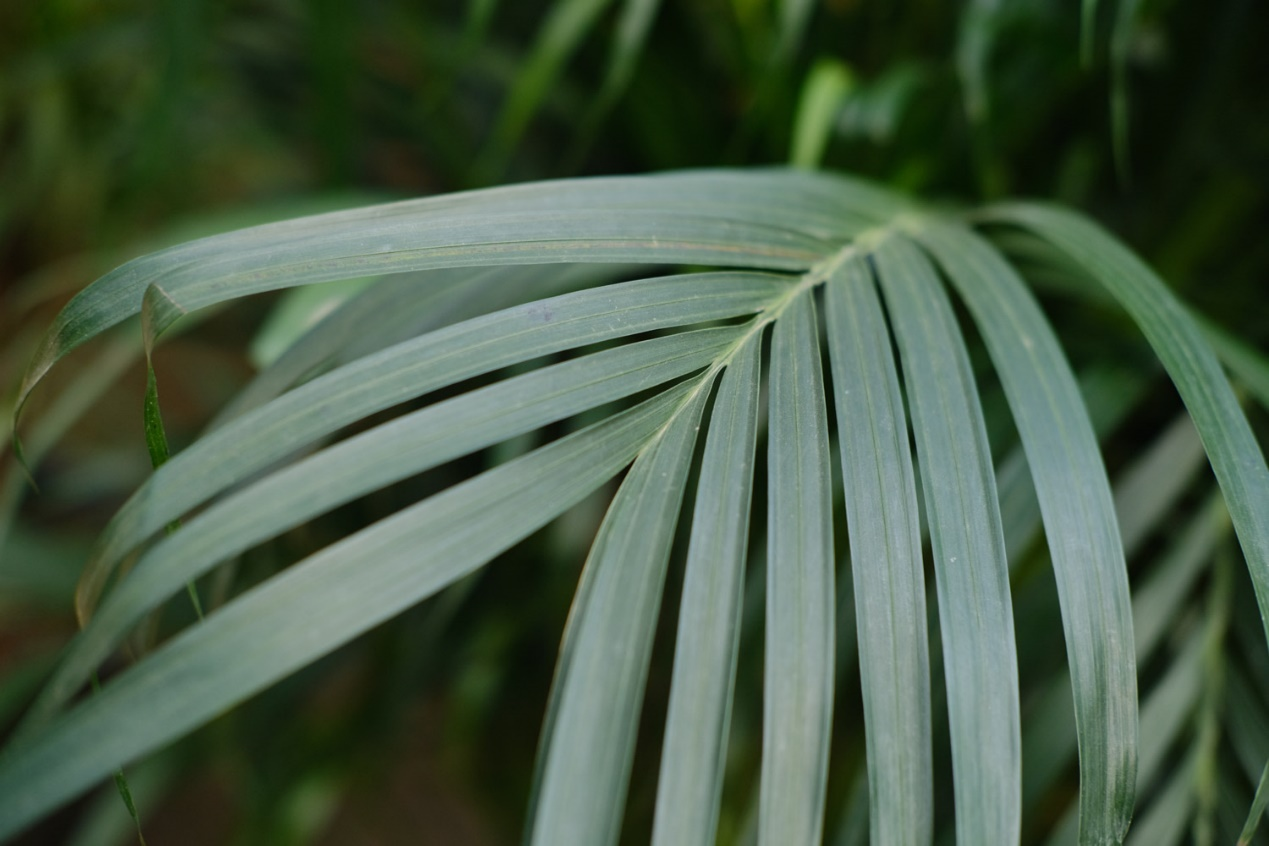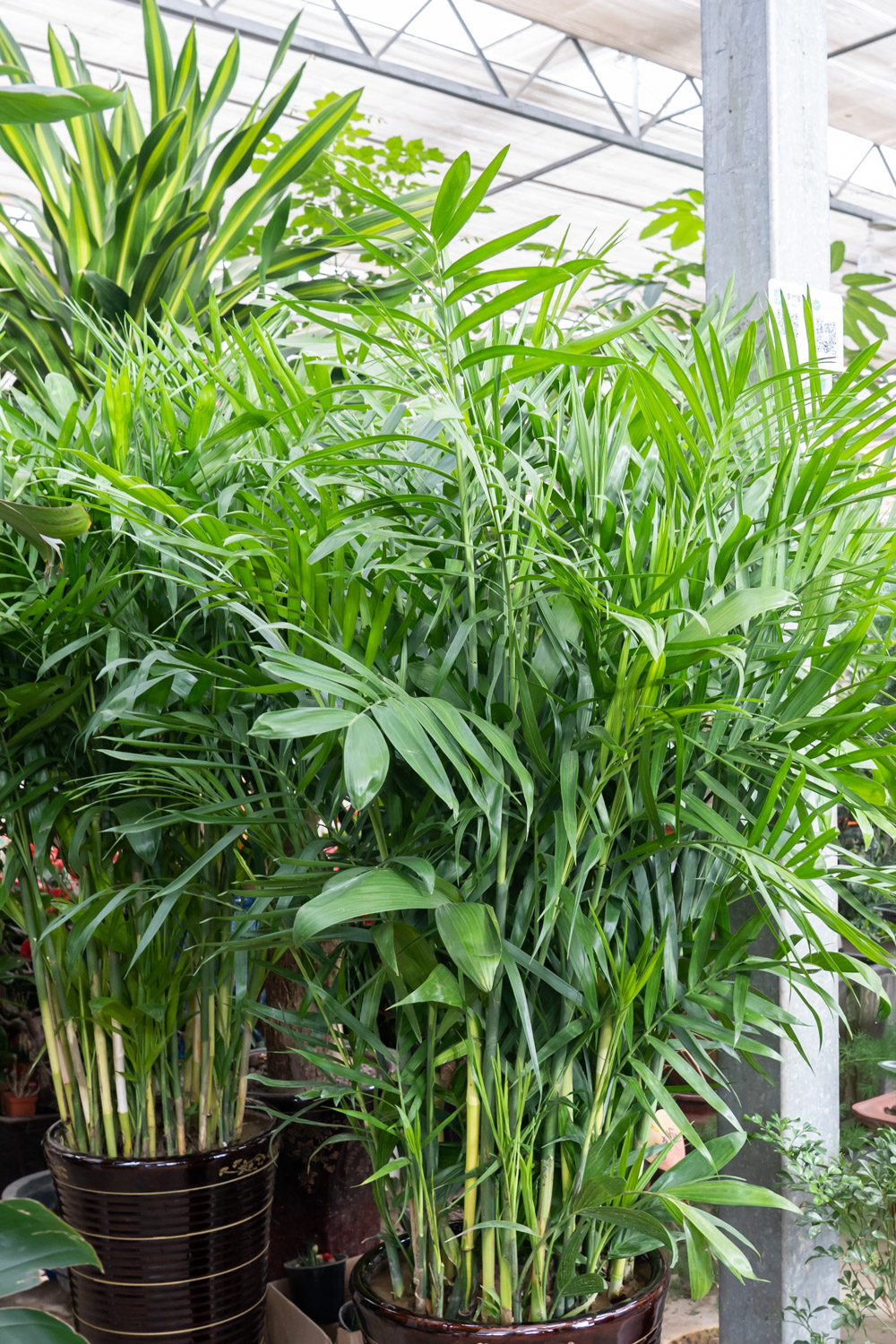Summary:
Soil: It is best to use the soil with good drainage and high organic matter content for the cultivation of Chrysalidocarpus Lutescens.
Fertilization: fertilize once every 1-2 weeks from May to June, and stop fertilizing after late autumn.
Watering: follow the principle of "dry and drenched", to keep the soil moist.
Air humidity: need to maintain a high air humidity. Temperature and light: 25-35℃, avoid exposure to the sun, and shade in summer.
1. Soil
The cultivation soil must be well drained, and it is best to use soil with a lot of organic matter. Cultivation soil can be made of humus or peat soil plus 1/3 of river sand or perlite plus a small amount of base fertilizer.
2. Fertilization
Chrysalidocarpus lutescens should be buried a little deeper when planting, so that the new shoots can absorb fertilizer. During the vigorous growth period from May to June, fertilize water once every 1-2 weeks. Fertilizers should be late-acting compound fertilizers; fertilization should be stopped after late autumn. For the potted plants, in addition to adding organic fertilizer when potting, proper fertilizer and water management should be carried out in the usual maintenance process.
3. Watering
Watering should follow the principle of "dry and drenched", pay attention to timely watering during the growth period, keep the pot soil moist, water twice a day when it is growing vigorously in Summer; control watering after late autumn and on cloudy and rainy days. Chrysalidocarpus lutescens likes a humid climate and requires the relative temperature of the air in the growth environment to be 70% to 80%. If the relative humidity of the air is too low, the leaf tips will become dry.
4. Air humidity
Always maintain high air humidity around the plants. In summer, water should be sprayed on the leaves and the ground frequently to increase the air humidity. Keep the leaf surface clean in winter, and spray or scrub the leaf surface frequently.
5. Temperature and light
The suitable temperature for the growth of Chrysalidocarpus lutescens is 25-35℃. It has weak cold tolerance and is very sensitive to low temperatures. The overwintering temperature should be above 10°C. If it is lower than 5°C, the plants must be damaged. In summer, 50% of the sun should be blocked, and direct sunlight should be avoided. Even short-term exposure will cause the leaves to brown, which is difficult to recover. It should be placed in a brightly lit place indoors. Too dark is not good for the growth of dypsis lutescens. It can be placed in a well-lit place in winter.
6. Matters needing attention
(1) Pruning. Pruning in winter, when the plants enter the dormant or semi-dormant period in winter, the thin, diseased, dead, and over-densified branches should be cut off.
(2) Change the port. The pots are changed every 2-3 years in early spring, and the old plants can be changed once every 3-4 years. After changing the pot, it should be placed in a semi-shady place with high air humidity, and the dead yellow branches and leaves should be cut off in time.
(3) Nitrogen deficiency. The color of the leaves faded from uniform dark green to yellow, and the plant growth rate slowed down. The control method is to increase the application of nitrogen fertilizer, according to the situation, spray 0.4% urea on the root or foliar surface 2-3 times.
(4) Potassium deficiency. Old leaves fade from green to bronze or orange, and even leaf curls appear, but the petioles still maintain normal growth. As the potassium deficiency intensifies, the entire canopy fades, plant growth is blocked or even death. The control method is to apply potassium sulfate to the soil at the rate of 1.5-3.6 kg/plant, and apply it in 4 times in a year, and add 0.5-1.8 kg of magnesium sulfate to achieve balanced fertilization and prevent the occurrence of magnesium deficiency.
(5) Pest control. When spring comes, due to poor ventilation, whitefly may be harmed. It can be controlled by spraying with Caltex Diabolus 200 times liquid, and the leaves and roots must be sprayed. If you can always maintain good ventilation, the whitefly is not prone to whitefly. If the environment is dry and poorly ventilated, the hazard of spider mites will also occur, and it can be sprayed with a 3000-5000 times diluent of Tachrone 20% wettable powder.

Post time: Nov-24-2021

